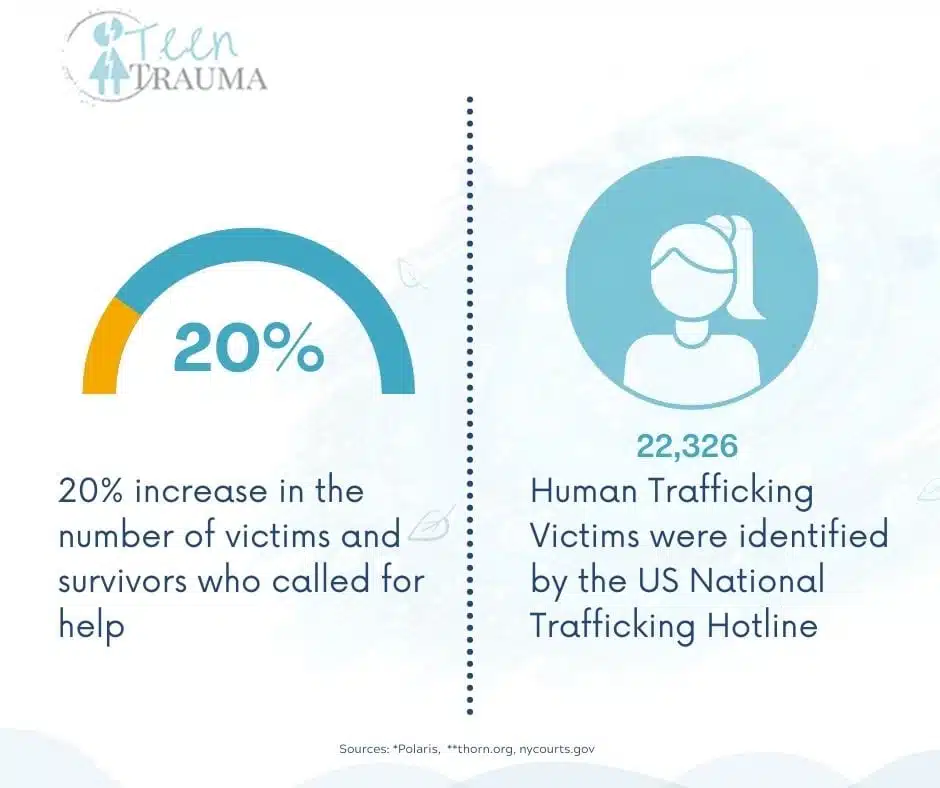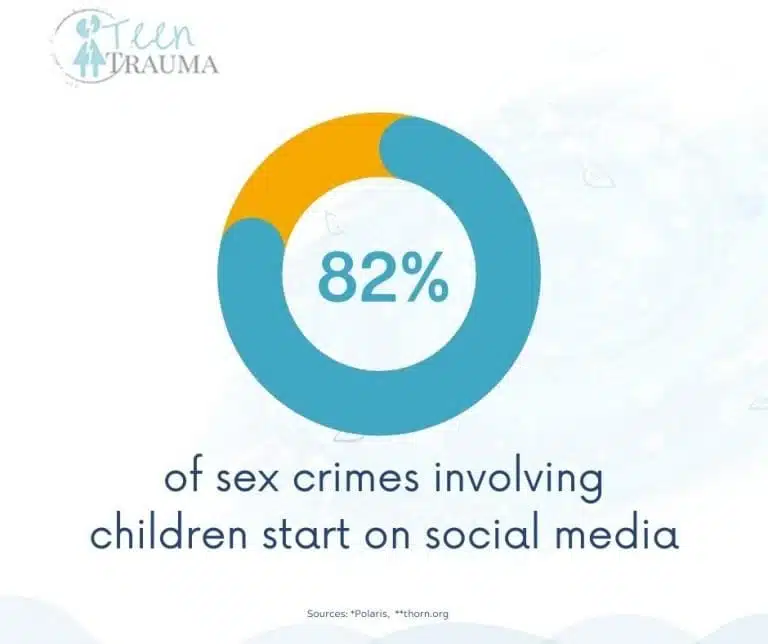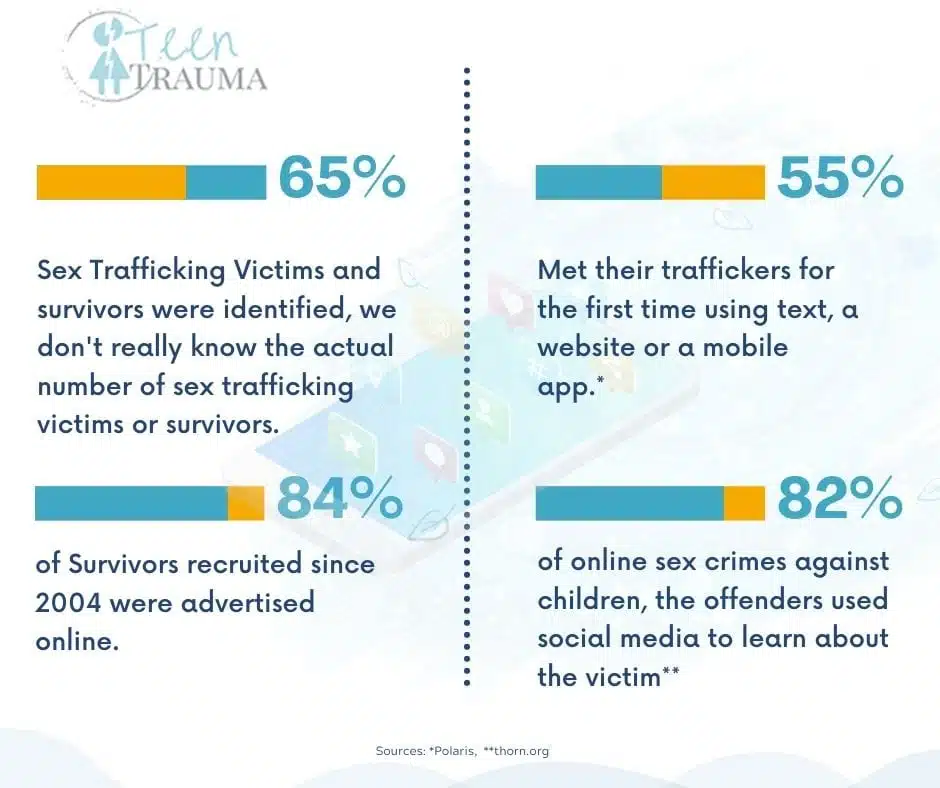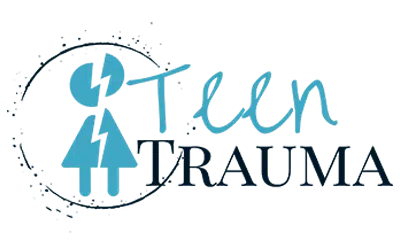
Youth Commercial Sexual Exploitation and Trafficking: An Alarming Problem Resulting in Lasting Trauma
A Detailed Guide: What Every Parent Must Know About Youth Commercial Sex Trafficking, Sexual Exploitation and Trauma
Most parents don’t realize their teenage child can be a victim of commercial sexual exploitation and trafficking by a predator while living at home. Read our guide – What Every Parent MUST Know about this Alarming and Growing Problem Affecting Our Youths.
The issue of human trafficking of minors is a complex one, and it is a constantly changing problem. The high level of secrecy and corruption that leads to human trafficking makes finding exact statistics about victims and prevalence difficult. That said, human trafficking and commercial sexual exploitation of children in the United States is a problem that grows daily. Children and teens who are victims of this growing crime suffer lasting trauma, and parents need to be aware not only of the problem but of its potential effects. Only through education can today’s families take the right measures to protect their kids.
What Is Human Trafficking?
Federal law 18. U.S.C. Chapter 77 defines human trafficking as knowingly using force, fraud, or coercion to entice or force a person to engage in a commercial sex act. A commercial sex act is any sexual favor given in return for something of value.
In addition, causing someone under the age of 18 to engage in a commercial sex act, regardless of whether or not force, fraud, or coercion is involved, is considered human trafficking.
“Defeating human trafficking is a great moral calling of our time.” “Defeating human trafficking is a great moral calling of our time.”
– Condoleezza Rice Click to Tweet
How Prevalent is Human Trafficking?
Unfortunately, tracking human trafficking in the United States is very difficult. Only a fraction of the instances, especially those involving children, are found and counted. That said, the numbers that are available show a serious problem throughout the country.
Polaris operates the US National Trafficking Hotline and in 2019, the Hotline had a 20% increase in the number of victims and survivors who called for help.
That year, 22,326 human trafficking victims and survivors were identified, including 14,597 sex trafficking victims and 1,048 sex and labor trafficking victims. In addition, 4,384 traffickers and 11,500 trafficking situations were identified.
These numbers are disturbing as they are, but the reality is that they are just a fraction of the full number. Sadly, many victims go unidentified or do not come forward to report their situations.
Some are never rescued, and some will die as a result of the abuse they suffer. The actual number of human trafficking victims in the United States is much higher.

Who Are the Victims of Commercial Sex Trafficking?
Minors are the most vulnerable to domestic sex trafficking. They are easily deceived and manipulated because of their immaturity. They often have mixed up emotions and can be interested in running away from their perceived problems. Because of this, the average age for commercial sex trafficking victims is quite young.
According to the US Department of Health & Human Services, children are the most vulnerable to domestic sex trafficking. Teenagers are still developing cognitive skills and techniques for emotional regulation.
For example, the prefrontal cortex which gives adults the ability to think through long-term consequences is not fully developed until a person reaches the age of 25 years old. Traffickers capitalize on these vulnerabilities often coaxing teenagers to run away from home.
These include:
- History of trauma
- Instability in the home
- Economic insecurity
- Physical, developmental, and mental disabilities
- Juvenile justice and/or child welfare system involvement
Children who leave home often perceive running away as a solution to one or more of these risk factors. However, once disconnected from vital support systems they become more vulnerable to being trafficked. In addition to coaxing children to run away from home, traffickers also target teenagers who have already left home.

According to Carolyn Potter with the Wellhouse, one in three teens that run away because they are angry or rebellious or because they can’t cope at home end up victims of sexual trafficking, and it happens quickly.
Most are snatched up within 48 hours of running away. They may choose to run away from home in an attempt to get away from strife in the home, only to end up in a far worse situation.
Though trafficking happens to both boys and girls, girls are far more vulnerable. As many as 70% of those who are trafficked and exploited are girls. While runaways are targets, the abuse often starts closer to home. In many instances, victims are first sexually abused by a trusted friend or family member.
So that’s the bottom line? Child sex victims can be anyone. They can be the girl or boy next door, your sister, your cousin, or your friend.
Most of the time, people who know a victim are unaware that a problem is brewing until the child goes missing or a young adult comes forward as a victim.
Victims aren’t often snatched away in the dark—they are groomed in broad daylight and enticed away over time.
Teen Trauma Click to Tweet
How Do Perpetrators Get Their Victims?
Human sex traffickers are experts at what they do, and they have many tactics used to find and target victims.
Social media also plays a huge role in this process. Statistics have found that 82% of sex crimes involving children start on social media account.
Criminals groom their victims through promises of love, affection, and relief from difficult home situations, only to funnel them into commercial sexual exploitation.
Others will pose as children on social media to get information about a child’s habits, so they can kidnap them while they are going about their daily lives.

Traffickers don’t look like Disney villains. They are master psychological manipulators that take time to trick their victims.
Teen Trauma Click to Tweet

Recruiters often pose as an intimate partner. For children, this can be an attentive boyfriend or girlfriend. In other situations, the recruiter is a trusted friend or family member.
According to a recent alert by the FBI, recruiters through social media and dating platforms post ads for jobs, including modeling jobs, then snatch victims at a fake interview.
False promises are common in all of these cases. In some cases, especially when the perpetrator knows the victim, the trafficker will use intimidation and threats to get the victim to comply.
It is important to note that while there are many cases of kidnapping for commercial sexual exploitation, the most common scenario is a trafficker using coercive tactics through social media and then pressuring an adolescent into commercial sexual acts while the child remains living at home through exploitation or be coaxed into running away.
Read Sarah's Story
How traffickers Recruited Sarah, A Survivor story

Sarah’s friends envied her adorable pictures online. Her parents had already droned on about the dangers of social media, so she knew how to play it safe. She never left her geo tags on and she didn’t talk to creepy stranger accounts with no info. She never posted nudes or suggestive pics because the teacher said those stick around forever. Plus, her dad would loose his marbles and probably take away her phone.
One incredibly sexy older boy was pretty into her. She was careful and didn’t meet up until she was sure he was legit. Even then, she met in public and with some of her other friends.
He was no catfish—he was just as charming and hot his profile had promised. She felt butterflies every time he looked at her like nothing else in the world mattered.
At first, it was incredible. He gave her all kinds of gifts and attention.
But, then one day, he asked her to do something new. A big-time favor with a friend. Sarah felt uncomfortable and betrayed, but she didn’t want to let him down. Afterwards, he gave her a nice purse and lots of attention.
Her parents wondered about the new, expensive gifts and how distant she seemed. Sarah knew her parents would never understand. She pulled away from most of her friends too. They were all jealous of her new boyfriend, and she was too embarrassed to admit how he treated her if she tried to tell him no.
The requests increased, the gifts got nicer and then came the drugs to help her relax…
“Human trafficking is a human tragedy. It's an outrage against any decent people.”
Mark Shields Click to Tweet
Signs to Watch For
Because child sex trafficking affects all demographics, boys and girls, rich and poor, and even children from stable homes, parents need to know what to watch for that can indicate a child is being groomed or targeted.
If a child in your home is facing sexual abuse or is being groomed for sex trafficking, you may notice that they suddenly have an influx of resources or money. This may not show up in actual money in your child’s possession, but you may notice that they suddenly have the resources to have their hair or nails done or buy expensive items. The child may have excuses for these purchases, such as saying they are gifts from a friend, but they can indicate a problem.
Human sex trafficking perpetrators will often brand their victims. Tattoos, burns, and other scars can be a red flag. Unexplained injuries or signs of physical assault can indicate physical abuse that often accompanies sexual abuse.
Children who have numerous school absences without a clear reason can be victims. Children who are drawn to older boyfriends or girlfriends, even just a few years older, can be at risk.
Victims will often become depressed and withdrawn. They may stop wanting to interact with family, will struggle to make eye contact with adults, and may become highly volatile or emotional. Talks of running away and actual plans for running away are also common as the abuse and trafficking come to a head.
Sadly, many instances of sexual human trafficking happen without the awareness of families. Parents are blindsided when their child disappears or comes forward as a victim. Knowing these signs can help you be more aware of what might be happening with your kids, so you can take appropriate measures to protect them.
The shame should never be on the survivor, only the aggressor.
Teen Trauma Click to Tweet
What You Can Do
In addition to being aware of the signs of sex trafficking, you can take action by clicking your favorite social media icon below and sharing this post on your favorite social media channel.
Raise awareness of the problem so others can protect the children in their lives. By being aware and spreading awareness, you can help fight the trafficking of children in your area.
If you are a victim, tell your story. The more people are aware of the problem and its effects, the better we will be able to fight this serious issue and put a stop to child sex trafficking.
We cannot fail these girls by looking away.
Teen Trauma Click to Tweet
Read More From Our
Latest Blogs

Mastering Coping Skills for Teen Emotional Resilience
Trauma in Teens: What You Need to Know Trauma comes in all shapes and sizes. Something that one teen considers traumatic may not be traumatic

Supporting Teen Self-Care and Emotional Well-being After Trauma
Teen Self-Care: Building Resilience Post Trauma Self-care is quickly becoming a buzzword in the mental health world, but what exactly does it mean, and how

Child Sex Trafficking: Breaking the Cycle and Preventing Trauma
Emerging from the Shadows: Hope After Trafficking Victims of child sex trafficking and parental trafficking will need years of therapy for symptoms of post-traumatic stress
Resources for Sexually Abused Teens









